
Character 3rd Grade Unit
Lessons
-
After reading a story, have students compare the actions, physical descriptions, and feelings of two characters from one story. Chart the comparisons using a graphic organizer. (See Additional Activity A Worksheet in Teacher and Student Materials below.)
-
Using independent reading books, students should use descriptive words and provide text evidence to describe characters.
-
Have students fill in a graphic organizer with words that describe a character in the beginning, middle, and end of a story, making sure to include text evidence. (See Additional Activity B Worksheet below.)
-
On sentence strips, write the names of the characters from a story. On separate strips, write descriptions and actions of each character. Pair students with a partner and have students match the descriptions to the correct character. Students should use evidence from the story to explain why they feel the character matches with the description.
-
Students can fill out a “Character Graphic Organizer” about their character before completing a genre piece of writing. This should assist them in creating a well-developed character. (See Additional Activity A Worksheet below.)
-
Ask students to fill out a “Character Graphic Organizer” with another student as a character. (See Additional Activity A Worksheet below.) They should give specific examples, use descriptive words, and include information about the character’s actions. Have students trade graphic organizers with a partner and see if the partner can guess the student being described. Use the graphic organizer to write a paragraph about the student being described.
-
Provide students with a list of boring words and have them use a children’s thesaurus to find words that are more descriptive. They can keep a list of descriptive words to use in their writing.
-
Students can create character cards. On the front of each card, have students draw a picture of a character, write the character’s name and a description. Then, on the back of the card, students draw a picture of a character at the end of the story with a description. Use the character cards to explain how a character changed in a story.
- Fountas and Pinnell
- L
- Lexile
- 460L
- Fountas and Pinnell
- N
- Lexile
- 480L
- Fountas and Pinnell
- N
- Lexile
- 720L
- Fountas and Pinnell
- O
- Lexile
- 780L


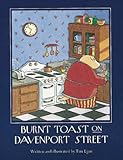
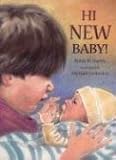



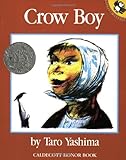
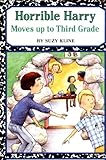
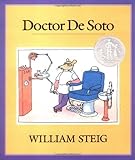
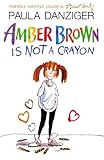

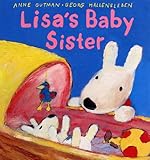
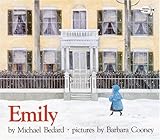








OUTSTANDING! THANK YOU.
This is such an amazing resource. I have been doing the same thing for awhile and am looking for some fresh ideas! This character study looks like a great unit.